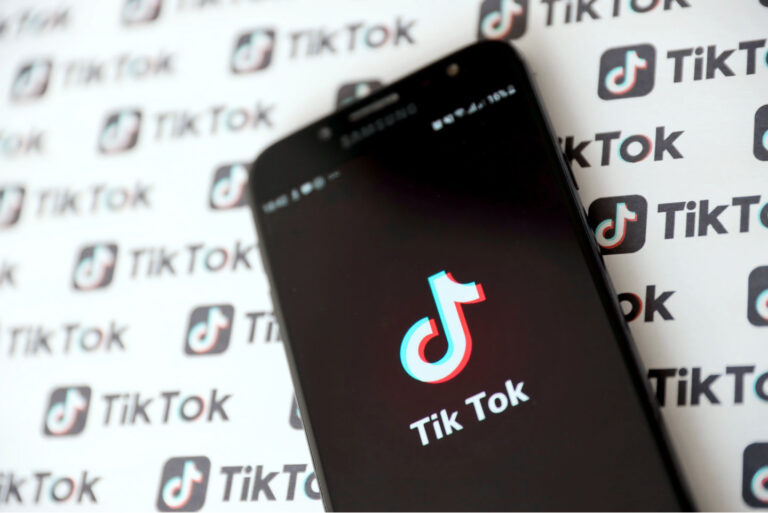On April 23 is celebrated World Book Day. The date was declared in 1995 by the United Nations (Unesco) to pay tribute to works and authors from around the world, in addition to encouraging access to reading. Great names of literature are revered on this day to recognize the reach of books responsible for creating links between past, present and future, establishing a bridge between generations and cultures.
To celebrate the date, founders, CEOs and C-levels of companies such as Bemobi, Cenp, KaBuM!, Omie, OmniChat, Revo, Simpress, SIS Innov & Tech, Solids and Superlogic, indicate what are their current reading tips or those that are the most striking in the repertoire. The works are part of their personal and professional trajectories, in which they contributed with reflections, learning and even in decision making.
The recommendations range from classics, bestsellers, highlights of our country and international, to news on the shelves or virtual shelves. The selection is a good request for those who want to start new readings and assemble a high-level collection. See the list below:
Aurora Suh, CRO by Omie
Book tip: Companies made to win, by Jim Collins
“Our book 'Companies Made to Win’ brings inspiring examples that illustrate how to build and maintain a successful organization.It also shares powerful lessons about leadership and building strong teams, which directly reflect on the development of professionals and the company.It shows that success is born of humble but determined leaders, and the concept of 'right person in the right place’s the importance of aligning individual purpose with the company's goals, something essential for everyone to thrive.For me, it is a reminder that brilliant careers build where there is culture, vision and, above all, people committed to evolving together.
Fabiano Ferreira, Director of Logistics and Transport at KaBuM!
Book tip: “Stolen Focus: The attention thieves of modern life”, by Johann Hari
“O book details a sabbatical experience of the author with a non-digital routine, dealing with the behavioral issues of the modern world in the face of excessive use of technology. Hari addresses the anesthetic impact that this excess has on the human being and its consequences such as sleep disorders and increased anxiety, correlating the material to scientific research.All this in an accessible language and exciting reading.”
Fabio Gabaldo, Business Director at KaBuM!
Book tip: “Outlive: The art and science of living longer and better”, by Peter Attie and Bill Gifford
“I highly recommend reading for everyone who works in environments under high pressure. This book has a very broad and holistic look at our most precious asset that is health. It mentions five important pillars on health: physical exercise, sleep quality, food, supplementation and emotional health. Nowadays, with the excess of information and pressure in the corporate environment, taking care of yourself and prioritizing yourself are the first steps not only for your personal success but also for your team and your company.”
Georgia Rivellino, Director of Marketing, Products and Solutions at Simpress
BOOK tip: “The courage to be imperfect: how to accept your own vulnerability, overcome your shame and dare to be who you are”, by Brene Brown
“The courage to be imperfect” represented a key turning point in my career. I have always considered that showing vulnerability was a negative thing, especially because being a woman, associating it with the idea of fragility or lack of mastery. Brene Brown shows just the opposite: that vulnerability is an essential force for personal growth and the construction of genuine relationships. The book explores how, by accepting our flaws and limitations, we free ourselves from shame, allowing us to live a more authentic life.
Mauricio Trezub, CEO of OmniChat
Book tip: “Play to win: how the strategy really works”, by A.G.Lafley and Roger L. Martin
“Playing to beat” offers a clear and straightforward approach to creating effective strategies.The authors turn complex concepts into something practical, presenting a structured process for strategic decision making. I like that the Procter & Gamble examples show how these strategies can be successfully implemented, regardless of the size or sector of the business.
“7 Powers: the Foundations of Business Strategy” by Hamilton Helmer
“7 Powers” presents seven sources of strategic power that can ensure lasting competitive advantage.The book offers a new perspective on how to build sound strategies, going beyond traditional approaches.The clarity of concepts and emphasis on creating sustainable competitive advantage are critical for entrepreneurs seeking long-term success.
Ale Garcia, co-founder and co-CEO of Solides
Book tip:“Outsiders: Eight Unconventional CEOs and their Radically Rational Plans for SUCceased”, by William N. Thorndike
The book dismantles the charismatic CEO myth and shows, with real data and stories, how some of the most successful leaders in American business history have built extraordinary value not with inspiring speeches, but with disciplined financial decisions, independent thinking and focus on allocating capital rationally. The book reveals a model of discreet, efficient and deeply strategic leadership, showing an alternative path to the traditional mode of administration. The combination of this strategy with great energy, coupled with a transformational and inspiring goal, is hyper powerful.
Pedro Ripper, co-founder and CEO of Bemobi
Book tip: “The end of the world is just the beginning”, by Peter Zeihan
“The end of globalization scenario, addressed in the book, became even more relevant with the recent global tariff war that began.The book reflects on how to review business strategies and understand local dynamics in the face of uncertainties.”
Next wave: Artificial Intelligence power and the greatest dilemma of the XXI CENTURY”, by Mustafa Suleyman and Michael Bhaska
“The book addresses how Artificial Intelligence is transforming our lives and businesses, bringing valuable insights to anticipate trends in a rapidly changing environment and reinforcing the importance of learning and adapting continuously
Rodrigo Otavio Nascimento, CFO of Revo
Book tip: “A Wealth of Nations”, by Adam Smith
Adam Smith reminds me that behind numbers and models lies human nature and the quest for collective prosperity.I always come back to him to understand how incentives shape markets & HOW that still reverberates in business decisions today.
Book tip: “Capitalism in the Age of Surveillance”, by Shoshana Zuboff
A book that redefines how we see value in the XXI century. Zuboff shows how data has become a central asset in business decisions and the digital economic model.For C-levels, it is a provocative and necessary reading to understand the new engines of growth, the dynamics of technological power and the role of leadership in this constantly changing scenario.
Talita Zampieri, CMO of the Superlogic Group
Book tip: “ensemble ios de Solo a Sinfonia” BY several authors
“O project, which is coordinated by the movement 'Uma Sobe and Pulls Out Another’, presents inspiring stories of 139 women, who bring real stories of resilience, leadership and resilience, transcending borders and generations, and that I had the pleasure of collaborating. In addition to real stories of women who are transforming the world in various areas, in my chapter encouraging to leave seeds of self-love and wisdom planted in the soil of time, with the courage to truly know each other.”
Book tip: “Hall Occur (Lean In), by Sheryl Sandberg
“Esse book is direct, inspiring and full of real experiences. Sheryl, former COO of Facebook/Meta, brings personal stories with data and research on the space of women in the labor market, focusing on how women can conquer and exercise leadership without giving up who they are. A council that I take to life was Sit at the table’s, which showed me how important it is for a woman to take the lead, position herself, raise her hand and propose ideas and solutions where she is.”
Luiz Lara, Chairman of TBWA Brazil and president of Cenp iof Forum of Self-regulation of the Advertising Market
Book tip: “Oswald de Andrade, bad wild”, by Lira Neto
Very well written, it rescues the history of Sao Paulo, the culture of our city, the Art Week of 22, the Anthropophagic Movement, his passion for Tarsila do Amaral, his plays, books and controversies, showing how the elite behaved and influenced behavior, arts, dance, theater, the press and politics.
Thiago Cappi, CEO of SIS Innov & Tech
Book tip:“Ask what Matters” by John Doerr
“This book is an excellent introduction to OKRs (Objectives and Key Results), and shows how companies like Google and Intel have successfully applied this methodology.The main feature of the book is in practicality: it offers clear and real examples that help you understand how to align teams and generate focus. This is the ideal reading for those seeking strategic clarity, measurable goals and accountability culture for their company.”
The rule is to have no” rules, by Reed Hastings & Erin Meyer
“This book is a fascinating study of Netflix culture, based on freedom with extreme responsibility. The collaboration between Reed Hastings (CEO of Netflix) and Erin Meyer (expert in organizational culture) brings a unique combination of practice and theory. The book shines when it shows the “culture” and how Netflix adapts (or enforces) its culture in different countries. Ideal for leaders who want to challenge traditional structures and build bold cultures.”











